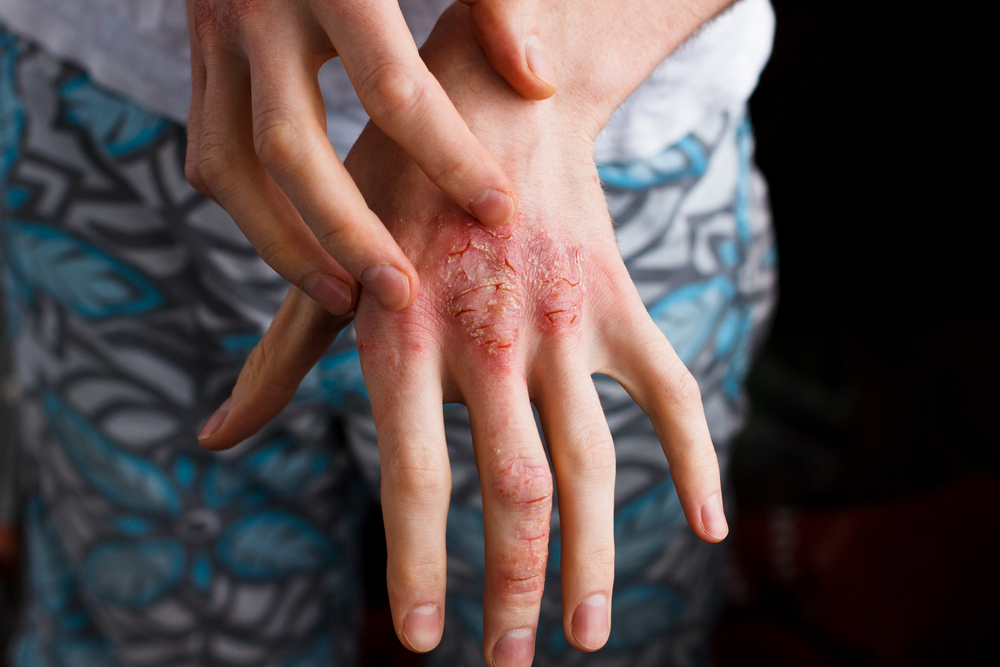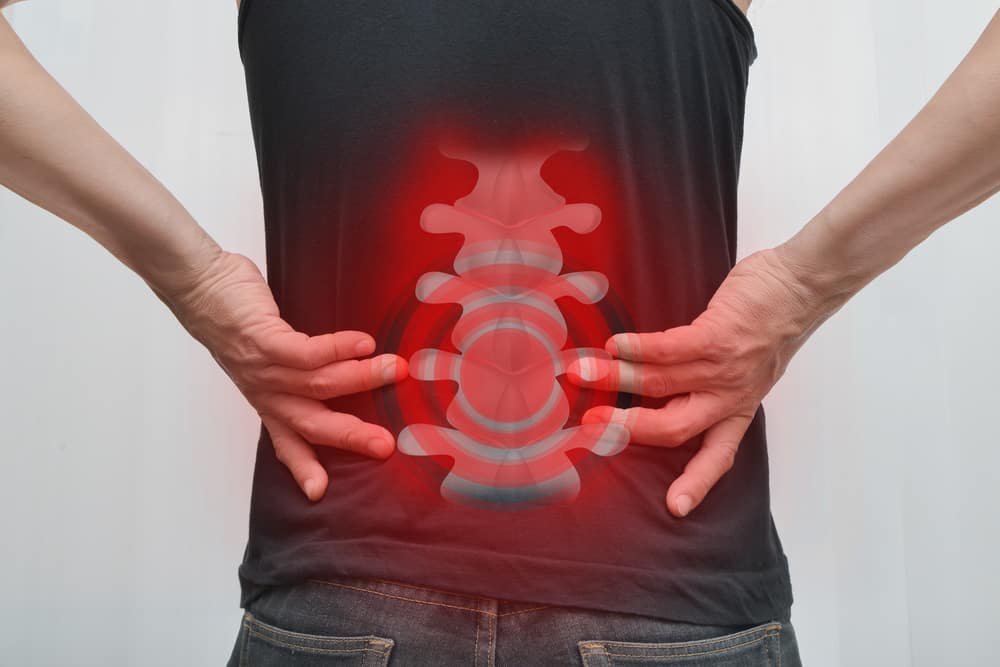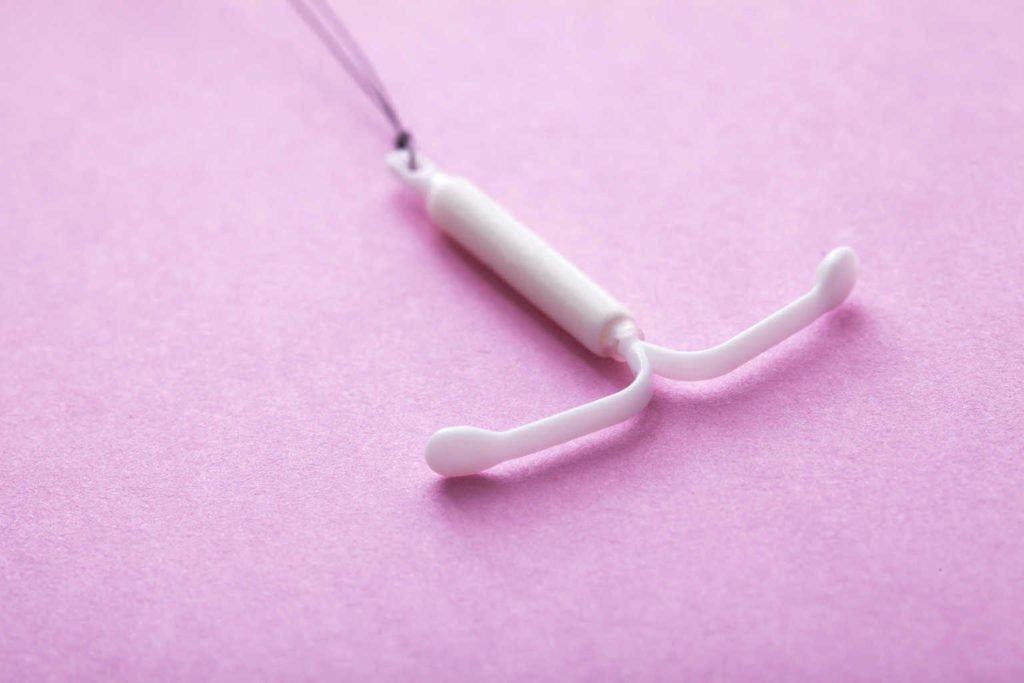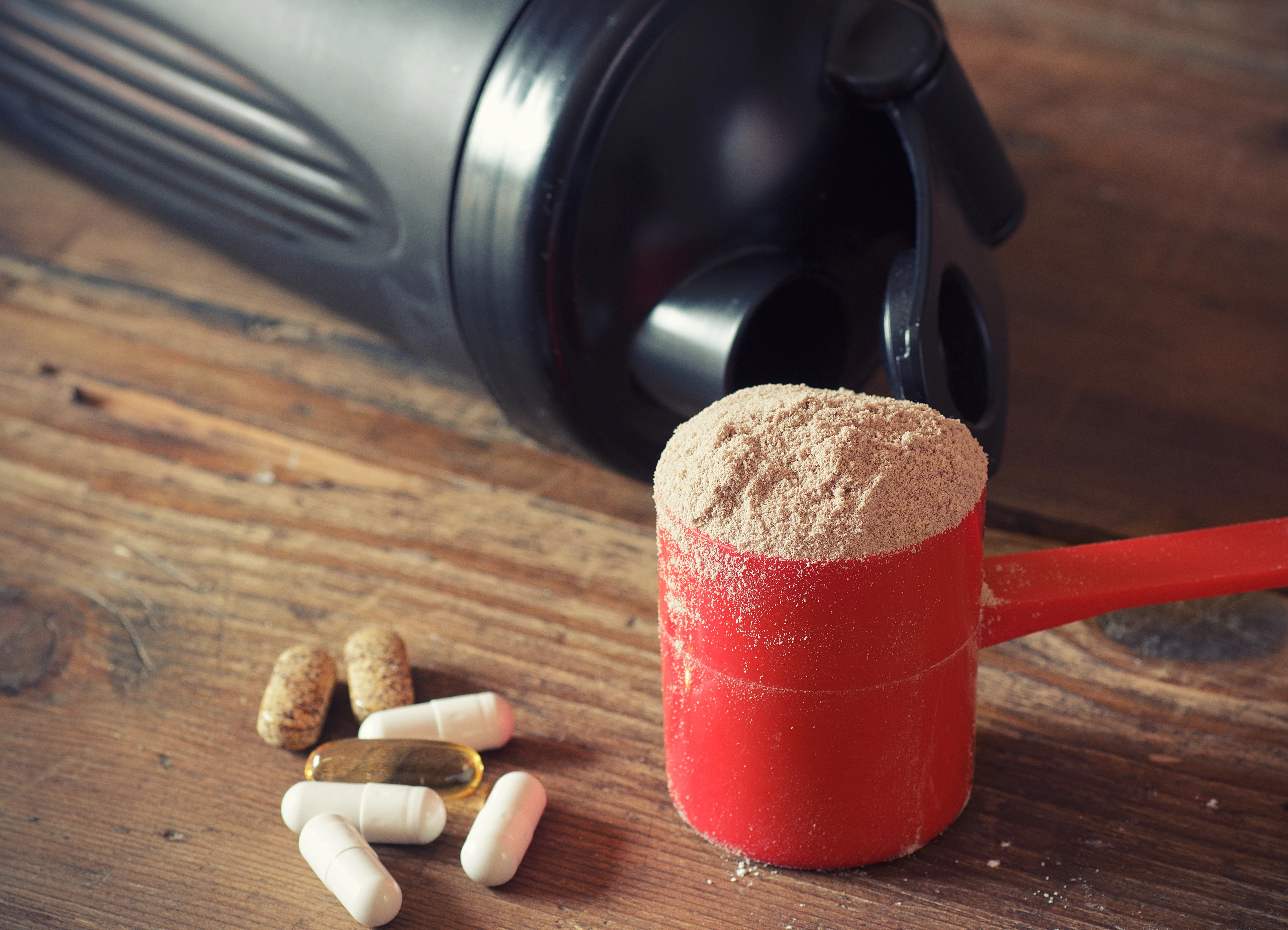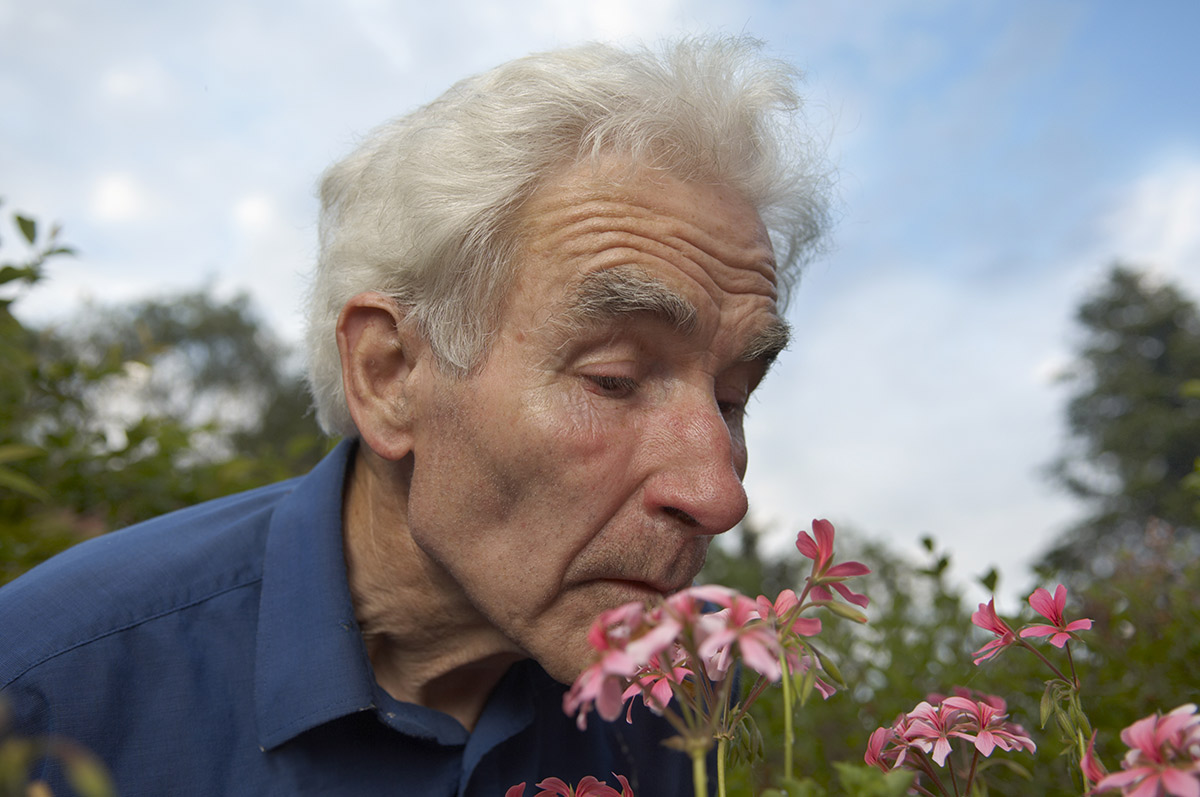Contents:
- Medical Video: Wet Wrap Therapy for Atopic Dermatitis - Eczema
- What is the difference between dry eczema and wet eczema?
- The most common types of eczema
- 1. Atopic dermatitis
- 2. Irritant contact dermatitis
- 3. Allergic contact dermatitis
- 4. Dyshidriotic Eczema
- 5. Neurodermatitis
- 6. Nummular eczema
- 7. Static eczema
Medical Video: Wet Wrap Therapy for Atopic Dermatitis - Eczema
Eczema is a skin inflammatory condition that makes ititchy, red, dry, rough and even cracked skin. The Indonesian people themselves seem to be more familiar with the terms dry eczema and wet eczema. So, what distinguishes the two?Come on, see the explanation below.
What is the difference between dry eczema and wet eczema?
In the medical world, in fact there is nothing called dry eczema and wet eczema. There is only one eczema term used to describe skin inflammatory conditions. Red and dry itchy skin due to eczema usually appears on one part of the skin, for example on the face, the inside of the elbow, the back of the knee, and on the hands and feet.
However, eczema is divided into several types based on the trigger symptoms. Skin inflammation due to eczema can be caused by genetic factors or environmental influences, such as chemicals and extreme temperature changes. Here's a further explanation:
The most common types of eczema
1. Atopic dermatitis
Atopic dermatitis is the most common type of eczema. This condition of eczema usually occurs in childhood, and often will improve with growth or after adulthood.
Atopic dermatitis causes itchy, dry and cracked skin. This skin inflammation usually appears on the hands, feet, ankles and hands, neck, upper chest, folds of the eyes, the inside of the elbows and knees. When scratched, the skin becomes sore and swollen. This is what might be considered as dry eczema by most Indonesians.
People who have a history of allergies are more prone to atopic eczema, such as people with food allergies or asthma. Allergies are the main cause of eczema in young children. There are also several triggers that are known to cause atopic eczema, such as soap, detergent, stress, low humidity, seasonal allergies, and cold weather.
2. Irritant contact dermatitis
Irritant contact dermatitis (DKI) occurs when the skin comes into contact with irritant materials, such as acidic content, bleach, cleaning fluid, kerosene, and detergent. Eczema of this type often attacks industrial workers, especially those who work in the mining industry, natural resources, manufacturing, and medical services.
Symptoms that are more often caused by irritant contact dermatitis are skin that feels sore, hot, and itchy. DKI often appears as dry skin or cracked skin, this is why many people often refer to DKI as dry eczema. In some cases, irritant contact dermatitis can cause blisters that can burst open causing crust so often referred to as wet eczema.
3. Allergic contact dermatitis
Allergic contact dermatitis occurs when the skin has an allergic reaction after contact with a foreign substance which causes itching and irritation. Common causes of allergic contact dermatitis include gold / nickel or other metal materials, fragrances, latex gloves, cosmetic ingredients, to plants poison oak or poison ivy.
In allergic contact dermatitis, a skin rash can appear in the area touched by the substance within 24 to 48 hours. The main symptoms are dry skin, redness, blisters, and swelling of the eyes, face, or groin. Most likely, this eczema can also be called dry eczema.
4. Dyshidriotic Eczema
Dysydrotic eczema or dyshidrosis is a condition of skin inflammation characterized by the appearance of small pimples filled with fluid and itching on the surface of the skin of the palms and / or soles of the feet and between fingers.
These blisters can continue to appear and last around 3 weeks. These fluid-filled pimples are often mistaken for wet eczema. When the blisters dry out, the skin will become painful cracks. If you scratch the area, you will also feel the skin feel thicker and thicker. This is called dry eczema.
This condition is more common in women than men. Dishidrosis eczema can be caused by exposure to chromium (commonly found in salt), allergies, moist hands / feet, and stress.
5. Neurodermatitis
Neurodermatitis is similar to eczema atopic dermatitis. This condition causes thick, scaly patches to appear on your skin.Eczema is usually often experienced in people who have other types of eczema or psoriasis. It is still unknown what causes neurodermatitis, although some doctors suspect stress can be one of the triggers.
6. Nummular eczema
Nummular types of eczema generally cause rounded blisters in the body. In Latin, nummular also means a coin. Nummular eczema can be triggered by a reaction to insect bites or by an allergic reaction to metals and chemicals. Dry skin can also cause eczema to occur.
7. Static eczema
Static eczema is eczema that occurs when fluid leaks out of a vein and into your skin. This is usually caused by dilation of blood vessels (varicose veins). This leaky liquid can cause swelling, redness, itching, and pain in the skin. This is what might be called wet eczema by most Indonesians.
Once again it is confirmed that there is no such thing as dry eczema or wet eczema. Most likely, you have one of the types of eczema above. Therefore, discuss further with your doctor about your symptoms.

